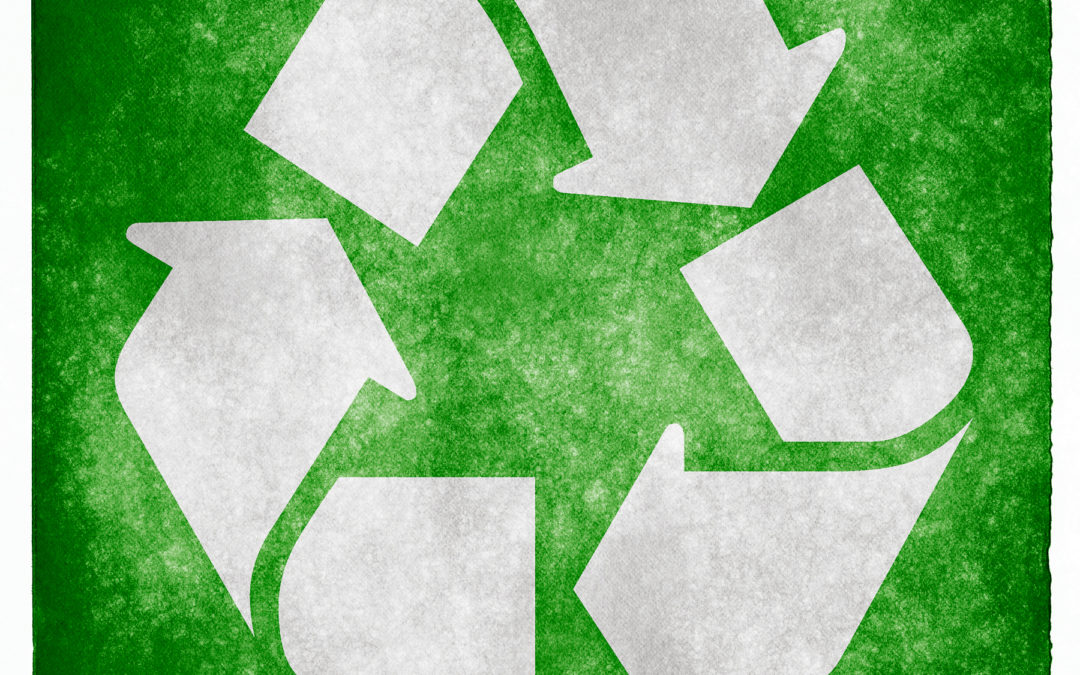Under ideal circumstances, a good PTAC unit should last up to 15 years. But even the best PTACs still need to be replaced eventually—and when less-than-ideal circumstances hit, it can come a lot sooner than you would have liked.
When it’s time to dispose of old or damaged PTACs, some homeowners and hoteliers just throw their old units away.
Take note: never ever do that.
Why not? Well, for one thing, because it’s illegal. And we’re not talking about a little slap on the wrist, either. If you get caught discarding your old PTAC units like any other piece of garbage, you could be facing a fine of up to $37,500 per day for any violation.
No, that isn’t a typo. $37,500. Per day.
But don’t panic! We’re here to tell you how you can get rid of your old or damaged PTACs without risking any loss.
First Things First: Why it’s Illegal to Throw Your PTACs Away.
PTAC units use a cooling refrigerant that can contain chemicals harmful to the environment if left sitting in a landfill.
Most PTACs use one of two types of refrigerants:
- R-22 refrigerant, usually found in older PTAC models, and
- R-410A refrigerant, usually found in more recent PTAC models.
R-22 refrigerant are made with ozone-depleting chemicals. That’s why manufacturers have switched to R-410A refrigerant to reduce environmental damage and increase general efficiency.
However, R-410A refrigerant still emit greenhouse gasses. They can harm the environment if not disposed of properly.
That’s why it’s essential to recycle your old PTAC units properly. Otherwise, you could damage the environment—not to mention incur a hefty fine.
There’s a good chance the EPA would catch you, too. They often perform random inspections and respond to tips. And there’s a good reason they get those tips: the EPA may give a reward of up to $10,000 to anyone who reports a violation.
It really is worth covering the bases. Better safe than sorry, right? Right.
So what’s next?
How to Recycle a PTAC
If your PTAC unit is beyond repair, you can recycle it. It’s essential to remove the refrigerant first, however, if you want to avoid the wrath of the EPA. You should never attempt to do that yourself. A licensed, EPA-certified professional technician will have to remove the refrigerant in order to ensure it’s done safely and in accordance with specific regulations.
There are a number of companies that do this. These include:
- scrap yards
- recycling and sanitation companies, and
- private businesses.
But what if your PTAC still has some life left in it?
How to Sell or Donate a PTAC
If you don’t think your PTACs are ready to be recycled quite yet, you can donate or sell them, potentially through a buyback program.
But before you set to work offloading your old PTACs, make sure they were manufactured after January 1, 2010. It’s only legal to sell or donate a PTAC with the newer, more efficient R-410A refrigerant. Any units built before January 1, 2010, will almost certainly have the older R-22 refrigerant.
The EPA is working to remove all units using R-22 from the electrical grid. So even if you have a fully functioning PTAC, if it contains R-22, it’s unfit for resale.
Not sure where to turn? We can help.
If you have any doubts about how to handle recycling or selling your old PTACs, we’d love to help.
Both our recycling and refurbishment processes are entirely eco-friendly and cost-effective. We strive to keep the number of old units in the landfills as low possible. Even if you already bought PTACs from another company, we can remove and recycle your old models!
Our buyback program makes it convenient and rewarding to sell your old PTAC units for us to refurbish.
No matter what you need, PTAC Crew can help.
So contact us to let us know what you have! We’re looking forward to doing business.

